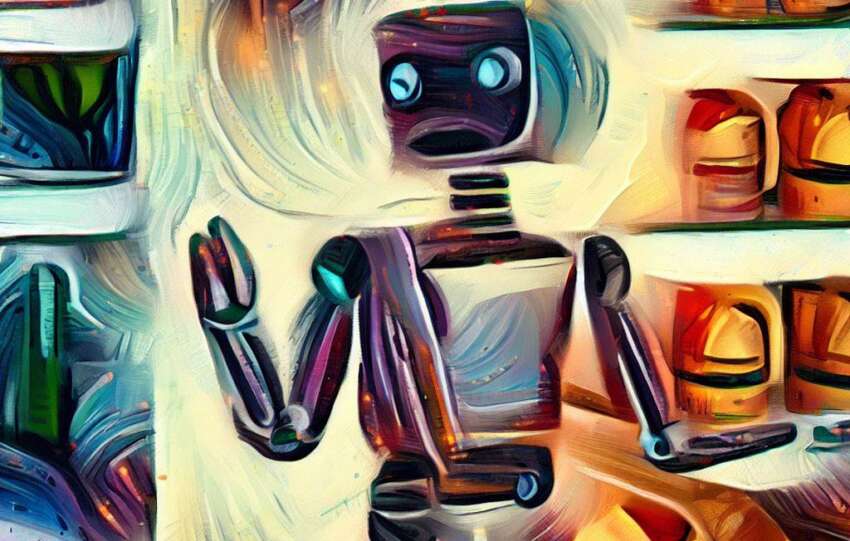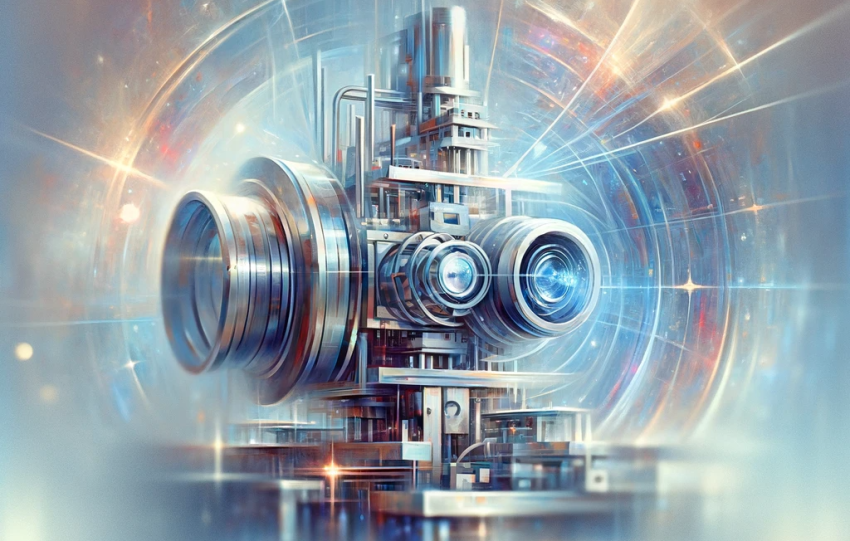The notion of Industry 5.0 is fast gaining currency. Heralded as the fifth epoch in our industrial narrative, this phase purports a harmonious integration of humans, machines, and data to fashion a productivity utopia. But with the ink still drying on Industry 4.0, are we leaping too hastily into another “revolution”? Is the linear, discrete nature of industrial revolutions even relevant in this era of incessant technological breakthroughs?
Let’s dig a little deeper.
Before Industry 4.0: Industrial Revolutions Through the Years
Historically, the pathways to human progress have been defined by industrial innovations that set each epoch apart. We’ve called these transformations industrial revolutions, recognizing the seismic shift they’ve caused in human productivity and the very fabric of societal life.
Our story begins with the First Industrial Revolution, born in the 18th century, fueled by the raw power of steam and mechanization. The might of steam engines propelled us into an era of unprecedented mobility with inventions like the steamship and locomotive. The spinning wheels of yore that once crafted threads one at a time, were replaced by mechanized marvels, producing more volume at a fraction of the time.
In the 19th century, the Second Industrial Revolution came with a spark of electricity, and assembly line production fueled a new momentum. The ingenious Henry Ford revolutionized automobile production by embracing the assembly line. The outcome was staggering, with vehicles now produced faster and more cost-effectively, forever altering the face of manufacturing.
Fast forward to the 1970s, and the dawn of the Third Industrial Revolution was upon us, marked by the advent of memory-programmable controls and computers. With these high-tech tools in our arsenal, we could automate entire production processes, paving the way for tireless robots, performing programmed tasks sans human intervention.
Industry 4.0: A New Beast Emerges
At the turn of the 21st century, we entered the Fourth Industrial Revolution, or Industry 4.0. It signifies a transformative era characterized by the infusion of information and communication technologies into industry, where physical and digital realms coalesce, fueled by the Internet of Things (IoT). In this interconnected symphony, machines exist not in isolation but linked in a network of digital echoes.
This cyber-physical marriage creates smart factories, with production systems, components, and people intercommunicating, bringing us closer to fully autonomous production systems that enable real-time data collection, predictive analytics, and remote monitoring, empowering industries to foresee failures and adjust to unexpected production changes dynamically.
And now? Industry 5.0 waits in the wings — or so some say. But this numbers game may have run its course.
A Brand New Revolution? Not Really
As the term Industry 5.0 gets bandied about, we have a bone to pick. This is because the shift from Industry 4.0 to 5.0 is unlike any “industrial revolution” — both in terms of timeline and the nature of the transformation itself.
Traditionally, we’ve liked to think of technological change as a well-behaved sequence of revolutions, like the punctual arrival of trains at a station. Each new tech “train” bringing disruptive ideas that transform the industry landscape. For example, the gap between the First Industrial Revolution and the Second Industrial Revolution spanned nearly a century. Oh, how times have changed! Increasingly, the timeline between revolutions is collapsing, with Industry 3.0 leading to Industry 4.0 over only a few decades. And now, we’re already on the brink of Industry 5.0, even before the dust has fully settled on Industry 4.0. In fact, the two terms themselves were coined in 2011 and 2017, respectively — a gap of merely six years!
More importantly, these “revolutions” are no longer distinct. Rather than punctuated leaps into different eras, we are witnessing a seamless flow of continuous and rapid change. In fact, the focus of the so-called Industry 5.0 is less on inventing new technologies and more on aligning technological transformation with human-centric, sustainable end goals. The European Commission defines Industry 5.0 as complementary to the existing Industry 4.0 and aimed at “putting research and innovation at the service of the transition to a sustainable, human-centric and resilient” industry.
What we have now is a continuum of innovation and disruption as a way of life.
Let’s take a moment to look at the technologies that have defined the purported transition between Industry 4.0 and 5.0 to understand how these advancements form a rather fluid spectrum. Key technologies such as SMAC (Social, Mobile, Analytics, Cloud) laid the groundwork for interconnected systems and data-driven decision-making. Automation played a pivotal role in Industry 4.0, streamlining processes and paving the way for increased efficiency. Edge computing brought computing power closer to the source of data, enabling real-time processing and reducing latency. And now, the advent of Generative AI has ushered in a new era of artificial intelligence, where machines can not only learn from data but also generate new content and solutions, driving innovation to unprecedented heights.
 Image by vecstock
Image by vecstock
Yet, these technologies were developed much before and only continue to be enhanced and perfected as we move forward. As we march forward, there will be many more technologies that will continue to see rapid developments. Concepts like quantum computing, advanced robotics, nanotechnology, biotechnology, and sustainable energy solutions are already on the horizon, promising to reshape industries and redefine the fabric of our society. The fusion of biology and technology, the rise of smart cities, and the expansion of the Internet of Things into every aspect of our lives are just a few examples of the transformative possibilities that lie ahead.
To Infinity and Beyond!
Within this dynamic landscape, where people and policymakers are left playing constant catch up, any attempts to segregate technological developments into neat timeline-based classifications can only be considered a fool’s errand. The traditional “numbers game” of labeling each wave of change loses its relevance in the face of continuous and interconnected progress. What we have now is a continuum of innovation and disruption as a way of life — where new technologies emerge at a dizzying rate, and revolutions have given way to prominent pit-stops.
The term Industry 5.0 does not serve a meaningful purpose, now that we’re already knee-deep in a dynamic perpetual state of metamorphosis that is ceaselessly redefining industry, technology, and society. Embracing this fluidity and adapting to the ever-changing technological landscape will be the key to thriving in the brave new world.
____________
Written By: Ateendriya





